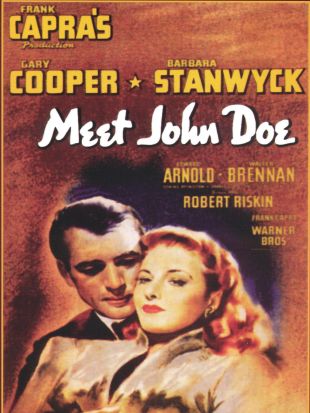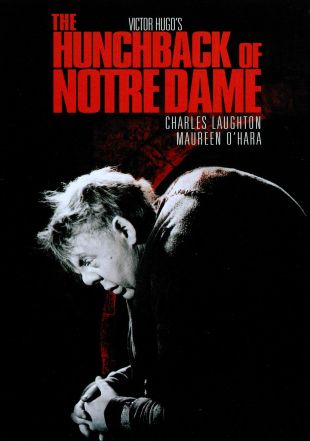Though it sounded like a Hollywood fabrication, Rod LaRocque was that particular American actor's real name. Stagestruck from childhood, LaRocque did his first stage work at age 9 with Willard Mack's Chicago stock company; the pay was a munificent one dollar per show. During a lull in stock company activity when he was 16, LaRocque entered vaudeville with a dramatic sketch, then broke into films as an extra when director E. H. Calvert was filming The Snowman at Chicago's Essanay Studios. When Essanay folded, LaRocque went to Fort Lee, New Jersey, where in the pre-1920 days films were still being made. After working briefly for Sam Goldwyn in Fort Lee and spending some time as a circus performer, LaRocque finally made it to Hollywood, where his prior experience and matinee-idol looks won him a contract with Cecil B. DeMille. The one silent DeMille picture that gets the most circulation today is The Ten Commandments (1923), which was divided into Biblical and modern scenes; LaRocque was in the latter, playing the weak-willed brother of Richard Dix and ultimately killing himself after contracting leprosy. When DeMille set up his own independent studio in the mid '20s, LaRocque became a stalwart of the operation, building up his box-office pull in such popular films as The Coming of Amos (1926) and Strong Heart (1927). In 1927, LaRocque fell in love with Vilma Banky, the lovely Hungarian star best remembered for her appearances in Rudolph Valentino's final films. They were married in a private ceremony, which infuriated Banky's boss Sam Goldwyn, who wanted to throw a big bash for his two favorite actors. To pacify Goldwyn, Rod and Vilma were married again in a royally lavish ceremony that lacked only one element: it was to have been a double wedding, but the other bride, Greta Garbo, failed to show up to marry her betrothed John Gilbert. LaRocque made an acceptable transition to sound, but Vilma Banky's thick Hungarian accent proved difficult to record; but by this time she was through with films (except for a few European productions), preferring to be Mrs. Rod LaRocque, period. By the late '30s, Rod LaRocque's career had waned, though he was seen to good advantage in character roles in such films as The Hunchback of Notre Dame (1939) and Meet John Doe (1940), but by the early '40s both LaRocque and his wife were too busily socially -- and too rich from real estate investments -- to care about the transience of fame.
Rod La Rocque
Share on


